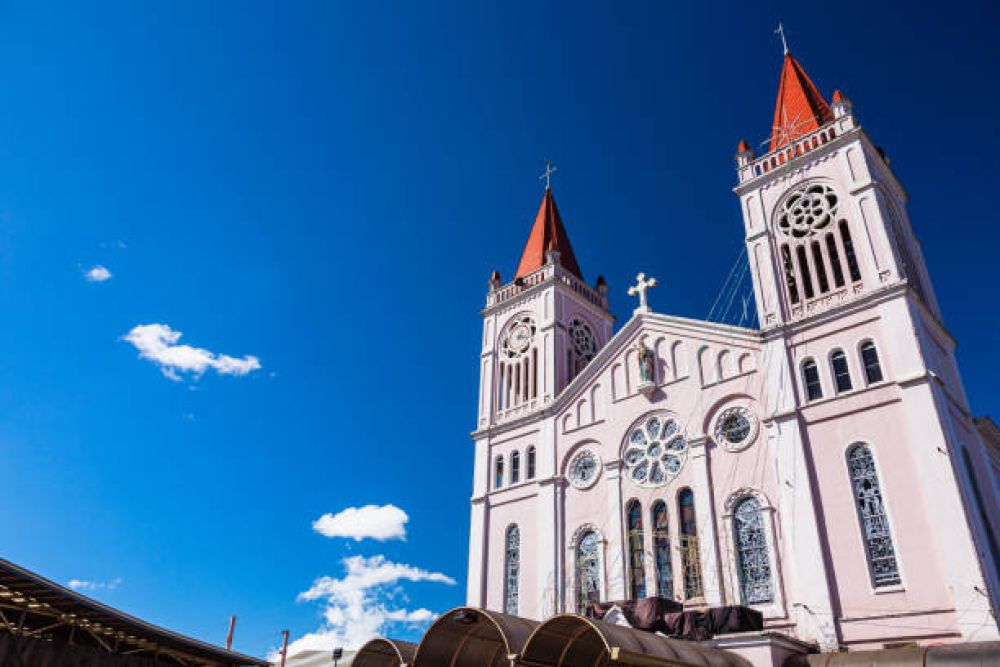

The city of Baguio, situated in the northern Luzon region of the Philippines, has long been a cherished retreat for both local and international visitors. Known for its cool climate, scenic landscapes, and rich cultural heritage, Baguio has been the summer capital of the Philippines since its formal establishment as a city in 1909.
The Baguio Cathedral, officially known as the Our Lady of the Atoning Cathedral, stands as one of the most iconic and historically significant landmarks in Baguio City. Completed in 1936, the cathedral was designed by architect Cesar Concio and has since been a symbol of faith and resilience for the local community and its visitors.
During World War II, the cathedral served as an evacuation center, offering sanctuary to thousands of refugees. Its strategic location atop Mount Mary Hill provided a vantage point that helped save many lives during the bombings. The Baguio Cathedral is truly a testament to the city’s enduring spirit in the face of adversity.
Tourism in Baguio began to flourish after the establishment of Kennon Road in 1905, making the highland city more accessible to visitors. As the number of tourists grew, so did the city's reputation as a must-visit destination in the Philippines. The cool temperature and panoramic views became a welcome escape from the tropical heat of the lowlands.
In the heart of the city, the Baguio Cathedral rises majestically, with its distinct pink facade and twin spires dominating the skyline. It has not just remained a place of worship but has also become a pivotal attraction in Baguio’s tourism industry. The cathedral's unique architecture, blending Romanesque revival with tropical design elements, draws architecture enthusiasts and casual sightseers alike.
In recent years, Baguio has adapted to the changing demands of tourism. The city has implemented eco-friendly policies to preserve its natural beauty and cultural identity. With the creation of the Baguio Creative City Hub, there has been a renewed focus on promoting local arts and crafts, adding to the allure of the city for cultural tourists.
The rise of experiential travel has also impacted Baguio's tourism scene. Visitors are increasingly seeking immersive cultural experiences, interactive workshops, and authentic local cuisine. The Baguio Cathedral complements these trends, offering tourists a glimpse into the religious customs and celebrations of the Filipino people, such as the Holy Week observances and the Flower Festival.
In summary, the Baguio Cathedral continues to be an integral part of Baguio’s rich tourism tapestry. It provides a spiritual sanctuary amidst the bustling mountain city and a cultural landmark that reflects the history and heart of the local community.
Whether exploring the rich history of this highland city, taking in the magnificent views from the cathedral's steps, or experiencing the vibrant culture of Baguio, a visit to the iconic Baguio Cathedral should be on every traveler’s itinerary.